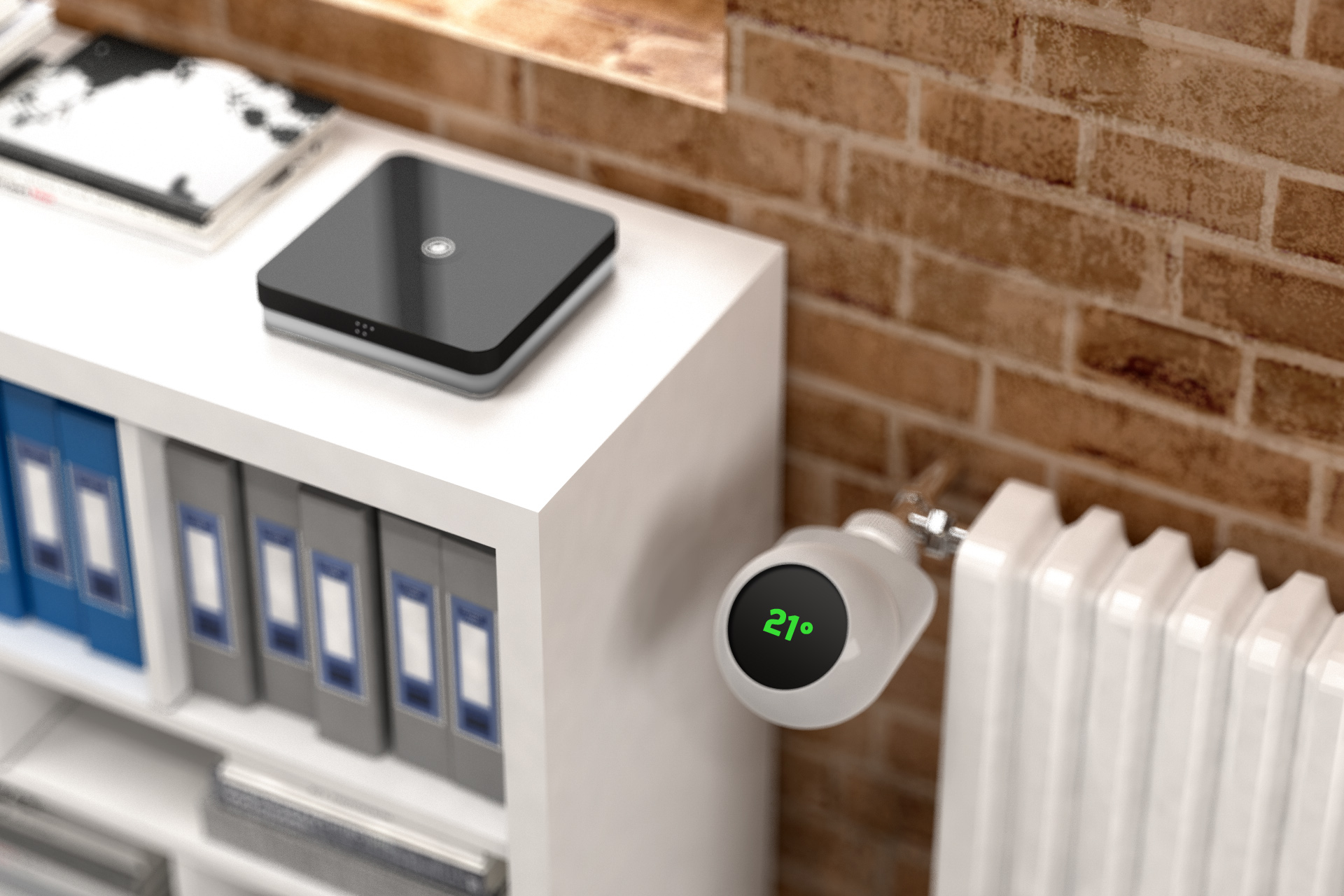Smart heating without a smart home system

Smart homes are considered the best choice in modern times – you can monitor the safety of your home in real time through the intercom. Also adjust the degree of street lighting or the temperature in the house. But the cost of a smart home is kept in high positions, and if you need to automate everything, then you can limit yourself to purchasing special devices that work separately from the smart home function.
Smart Home Application Technologies
-
Wi-Fi socket – allows you to access information about power consumption or control the operation of the socket in real time. Such sockets are valuable in terms of automatism – you can pre-program the on or off time, and this allows you to control a wide range of household appliances in the private sector.
-
A thyristor power regulator is a device that allows you to change the power of any electrical device.
-
An outdoor LED lamp powered by solar panels is capable of illuminating the house territory with high power – steps, facade or porch. During the daytime, the batteries are charged, and at night they start working under load.
-
A battery-powered intercom. In terms of security, video door phones are listed on their own battery packs or batteries. In real time, if you go online, you can point the intercom camera at a window or an entrance door and carefully examine their condition. The service life of such equipment in offline mode is up to six months.
“Smart heating”
Such a trend did not pass by the heating system either. “Smart heating” functions autonomously, and the participation of the homeowner is practically not required. If you need to achieve a comfortable temperature in the housing stock, it is recommended to use this type of heating. The installation of the heating system avoids dependence on the start date of the heating season. Wall-mounted gas boilers with weather-dependent automation, which automatically keep the set temperature, are considered powerful and quite effective. But such boilers require one thing – gas supply! If there is no gas main, then electric heating systems are also considered the best choice for most of the private sector.
Automatic or manual mode?
After a simple installation, the “smart heating” can be set to automatic or manual operation, depending on the availability of certain modules. The electronic thermostatic element operates autonomously and easily maintains a comfortable temperature in the control room. The presence of a thyristor regulator in the system makes it easy to regulate the voltage power in the heater network, directly affecting the active load – this allows you to increase or decrease the temperature in the house by remote method.
Summing up the above, the smart heating function is considered the best choice for our cold climate. It is necessary to program it correctly, as the heating system will turn on in advance. And the house will warm up. If earlier some versions of heating devices in the form of oil heaters warmed up slowly (had and have a high level of thermal inertia), now it is enough to choose the correct version of the smart home part and be sure of one thing – the house will always be warm in frosty weather.

Order
remotely with one click
